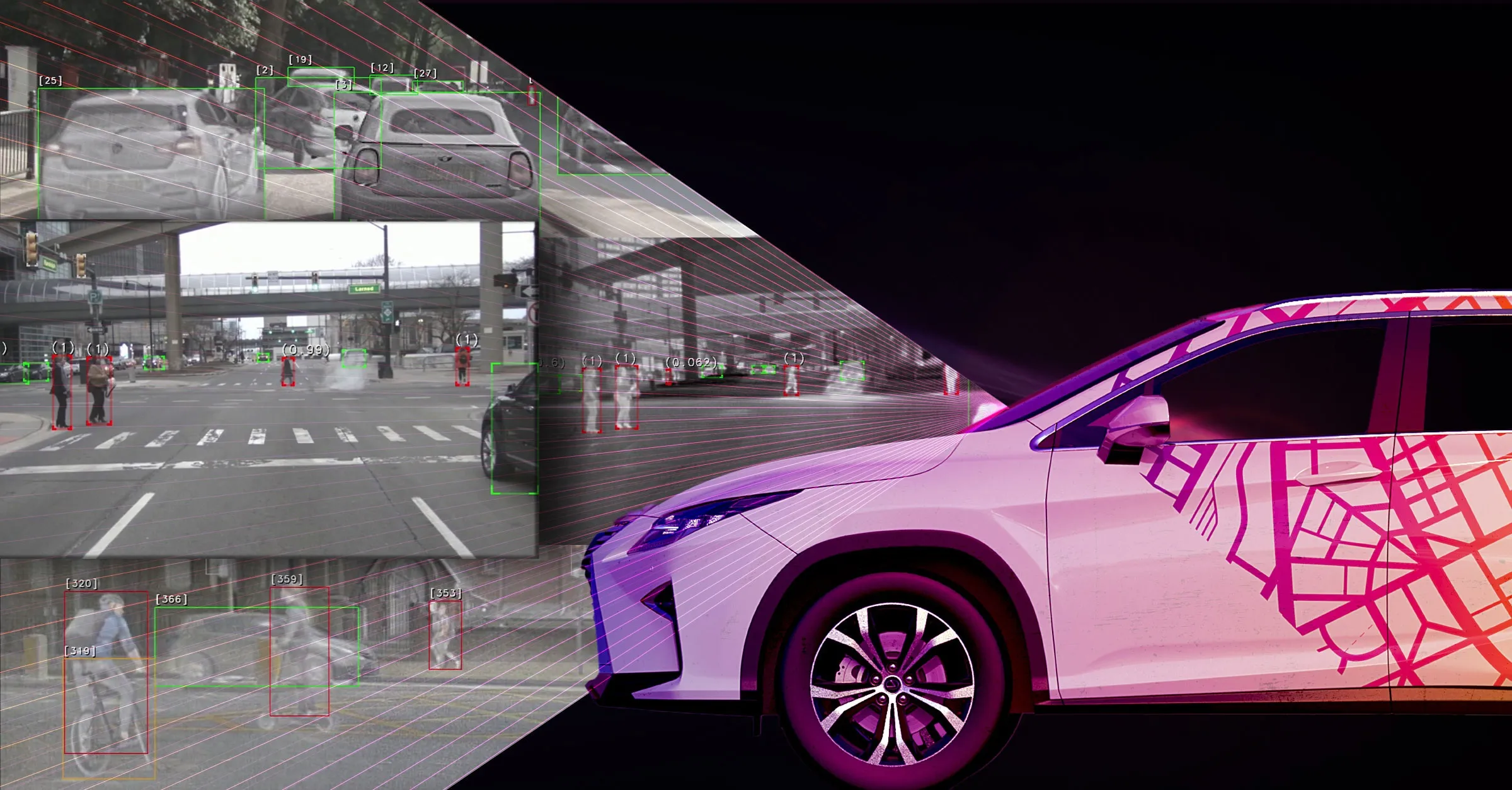US-based Flir Systems is to acquire the business of machine vision camera developer Point Grey Research in a deal which Flir believes will augment its existing OEM cores and components business by adding a broad range of visible spectrum machine vision cameras and solutions.
In addition, Flir’s thermal sensor technology will extend Point Grey’s product range into new applications. The business will become Flir’s Integrated Imaging Solutions line of business operating within the OEM and Emerging segment.
October 4, 2016
Read time: 1 min
US-based 6778 Flir Systems is to acquire the business of machine vision camera developer 541 Point Grey Research in a deal which Flir believes will augment its existing OEM cores and components business by adding a broad range of visible spectrum machine vision cameras and solutions.
In addition, Flir’s thermal sensor technology will extend Point Grey’s product range into new applications. The business will become Flir’s Integrated Imaging Solutions line of business operating within the OEM and Emerging segment.
Founded in 1997 and based in Richmond, British Columbia, Point Grey develops advanced visible imaging cameras and solutions that are used in industrial automation systems, medical diagnostic equipment, people counting systems, intelligent traffic systems, military and defence products and advanced mapping systems.
The transaction is expected to be completed in the fourth quarter of 2016.
In addition, Flir’s thermal sensor technology will extend Point Grey’s product range into new applications. The business will become Flir’s Integrated Imaging Solutions line of business operating within the OEM and Emerging segment.
Founded in 1997 and based in Richmond, British Columbia, Point Grey develops advanced visible imaging cameras and solutions that are used in industrial automation systems, medical diagnostic equipment, people counting systems, intelligent traffic systems, military and defence products and advanced mapping systems.
The transaction is expected to be completed in the fourth quarter of 2016.









